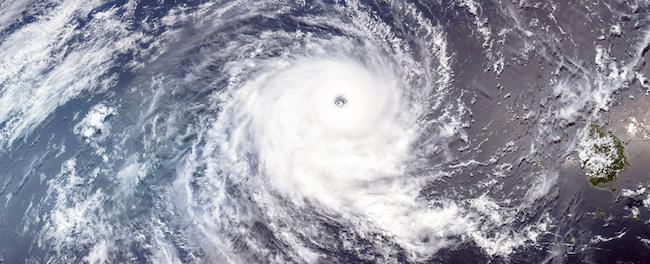Why the US leads the world in extreme weather events

Extreme weather events such as hurricanes, wildfires, and floods have become more frequent and destructive in recent years, especially in the United States. According to a recent report by the National Oceanic and Atmospheric Administration (NOAA), the US had a record-breaking 22 climate and weather disasters that cost at least $1 billion each in 2020 alone. But why is the US more prone to extreme weather events than other countries? Several factors contribute to this phenomenon, including geography, climate change, and human activities.
Geography plays a significant role in exposing the US to extreme weather events. The country stretches across a vast area that spans from the Arctic circle to the subtropics, encompassing various terrains like mountains, deserts, and coastal regions. Hence, different regions are vulnerable to different types of disasters, such as hurricanes in the Gulf of Mexico, tornadoes in the Midwest, and wildfires in the West.
Additionally, climate change is amplifying the severity and frequency of extreme weather events worldwide, including in the US. As temperatures rise, so does the risk of heatwaves, droughts, and wildfires. Warmer oceans are fueling stronger and more destructive hurricanes, while melting glaciers are causing sea levels to rise, increasing the risk of flooding in coastal areas.
Human activities are also exacerbating the impact of extreme weather events in the US. Urbanization and development have led to an increase in impervious surfaces like concrete and asphalt, which reduce the ground’s ability to absorb rainwater, causing floods. Poor land use practices, such as deforestation, inadequate water management, and soil erosion, accentuate the risk of landslides and mudflows.
In conclusion, extreme weather events in the US are a combination of natural and human factors. However, addressing climate change, reducing carbon emissions, and promoting sustainable development practices can mitigate the impacts of these events and protect the most vulnerable populations. It is crucial to recognize the urgency of the issue and take collective action to safeguard our planet’s future.
Quick Links

